United States History is steeped in fantastical lore that, sometimes, devolves into myth. Call it propaganda or just an extended game of historical telephone, but some of the most well-known US history facts we now know are not true. In this article, we uncover 20 of the biggest culprits including George Washington’s teeth, Columbus’ so-called discoveries, and the true inventor of the American Flag.
To compile a list of untrue US history facts, 24/7 Tempo consulted a range of entertainment and historical sources including Grunge and Time Magazine. Next, we selected ‘facts’ from a range of areas with the biggest cultural impacts. After that, we confirmed specifics using sites like History.com, the History of Massachusetts, and Mount Vernon. (If you’re looking for more American advice than history, discover life lessons from the 1900s that are still relevant today.)
Christopher Columbus Discovered America
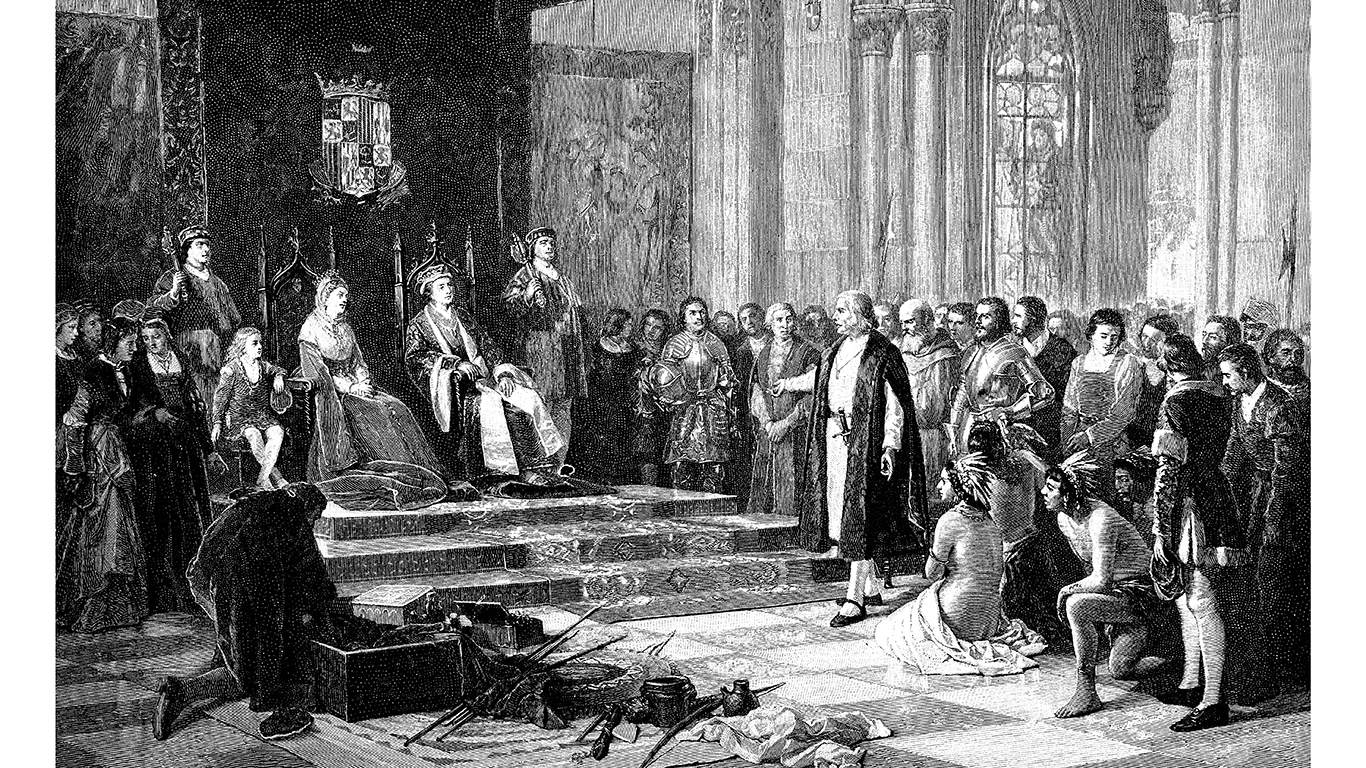
One of the biggest U.S. history ‘facts’ we now know are not true is that Christopher Columbus discovered America. Columbus made four trips across the Atlantic to North America, but those trips only took him to Caribbean Islands like the Bahamas and Cuba. To say Columbus discovered anything conveniently neglects the millions of people already living in the ‘new world.’
It could be said that he was the first European to make it to North America, but even that is up for questioning. Evidence suggests that Norse explorer Leif Erickson made it to North America some four hundred years earlier than Columbus. Even still, this untrue fact is still commonly taught to American children in school.
Christopher Columbus Sailed on the Nina, Pinta, and Santa Maria
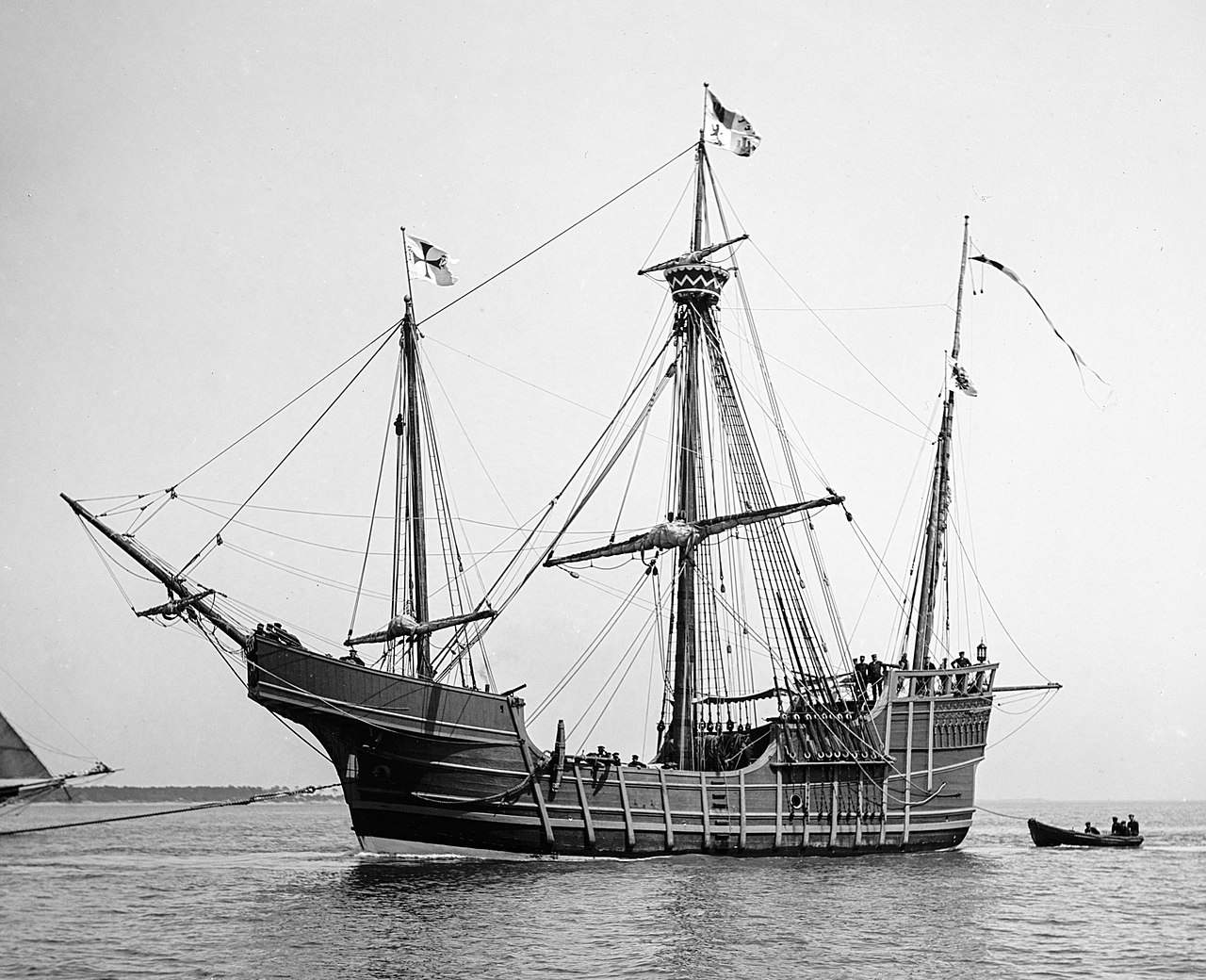
Another false U.S. history fact is that Columbus made his transatlantic voyage on a trio of the Nina, Pinta, and Santa Maria ships. According to historians, however, those were not the names of his ships. Santa Maria was named La Gallega while Nina’s name was Santa Clara. The true name of the Pinta, however, remains unknown.
John Smith and Pocahontas Fell in Love
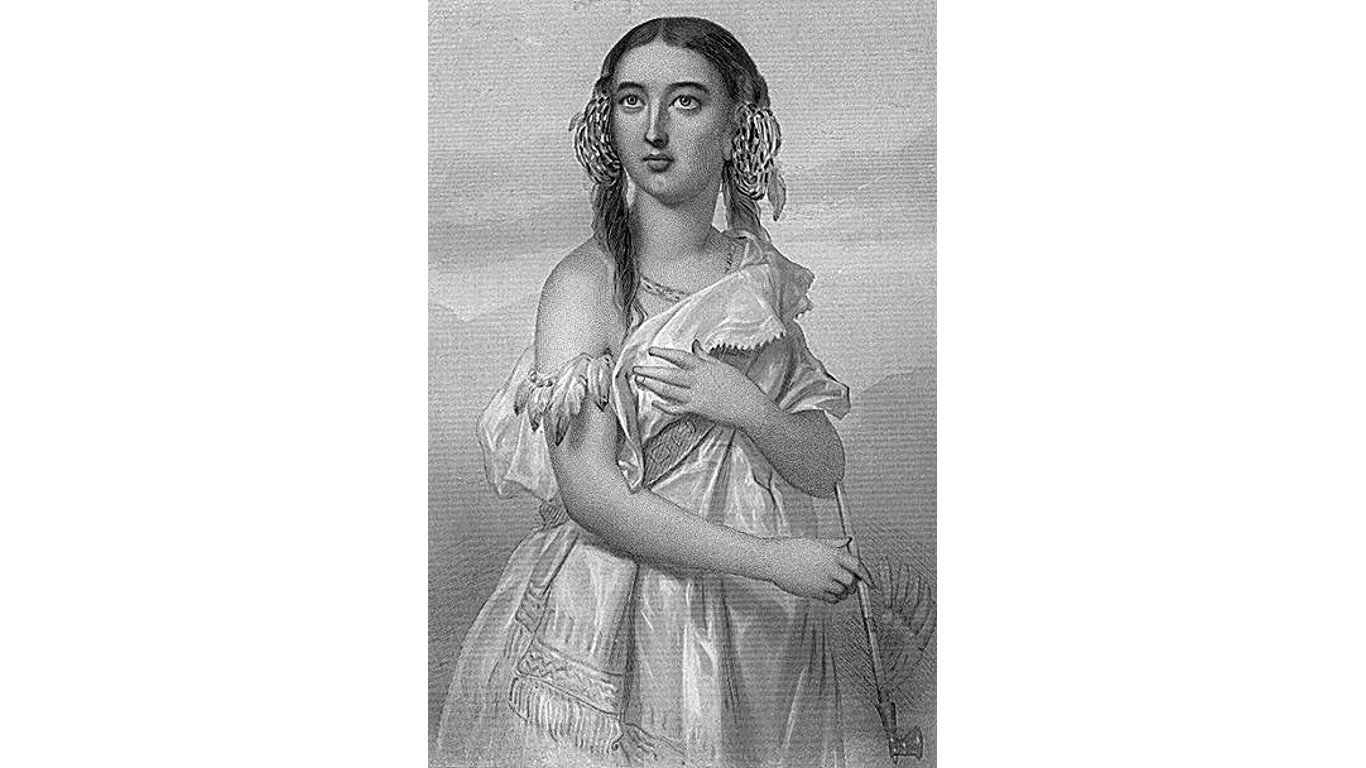
Another U.S. history fact we know now is untrue is that colonist John Smith fell in love with Native American princess Pocahontas. First and foremost, Pocahontas was not her real name, but a nickname. Instead, it was Amonute. What’s more, she was only 11 or 12 years old when she met John Smith.
Smith wrote in his diaries that Amonute saved his life when her family tried to execute him. Plus, he mentions them forming a friendship while he was in captivity, even teaching each other their respective languages. As for romance, however, there is no mention. It was only after Disney released its Pocahontas movie that this ‘fact’ spread like wildfire.
Witches Were Burned at the Stake in the Salem Witch Trials
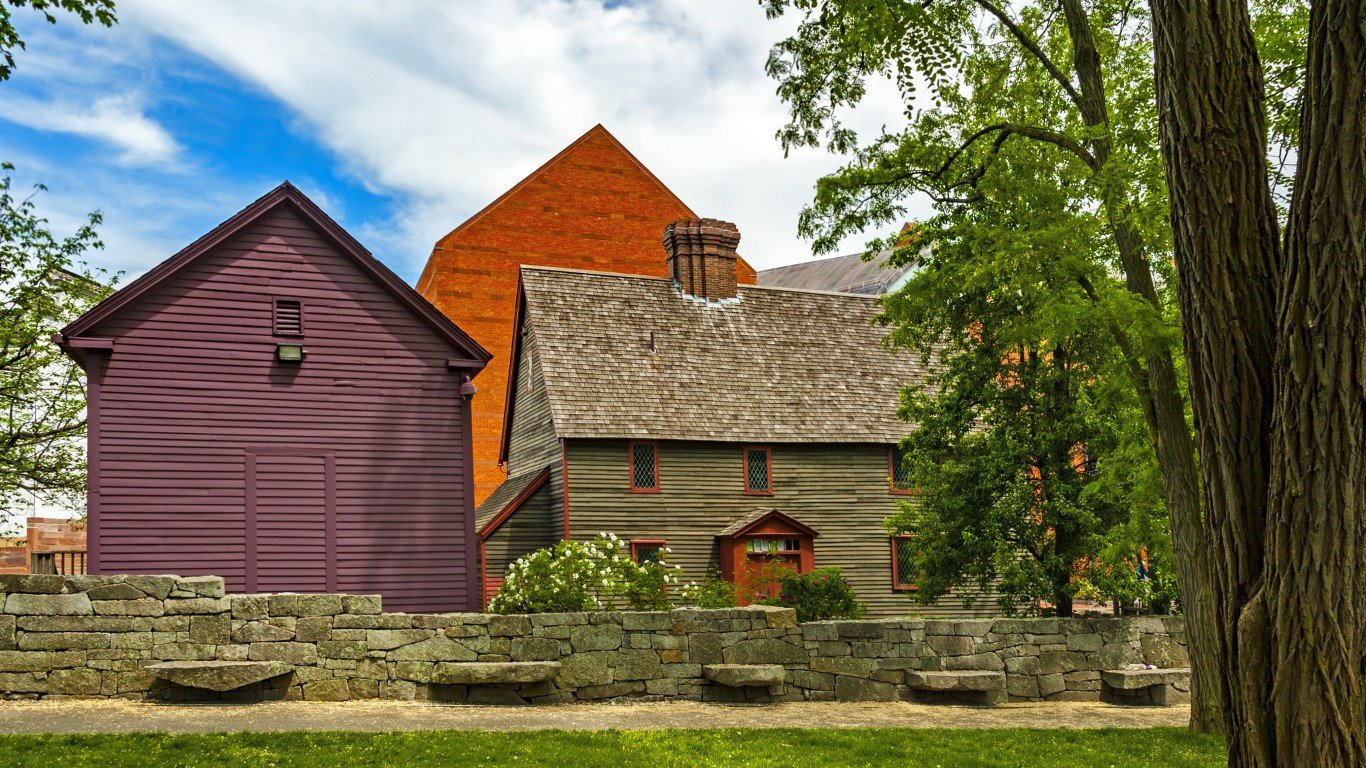
One often toted untrue U.S. history fact is that witches were burned at the stake in the Salem Witch Trials. The famous New England trials in 1692 did see numerous women killed for their alleged practice of witchcraft. None were burned, however, with the majority being hung from the gallows instead. Burning of witches was and is a common phrase, so it’s likely the specifics were generalized into falsehood this way.
“The British are Coming!”

Another false U.S. history fact often touted as true involves Paul Revere’s famous ride to warn of the incoming British. While Revere did indeed ride through towns to warn of impending invasion, he did so rather discreetly for fear of already installed British forces. What’s more, some forty men joined him in his raising of alarm. The untrue version of this fact can be attributed to Henry Wadsworth Longfellow’s poem “Paul Revere’s Ride.”
George Washington Had Wooden Teeth
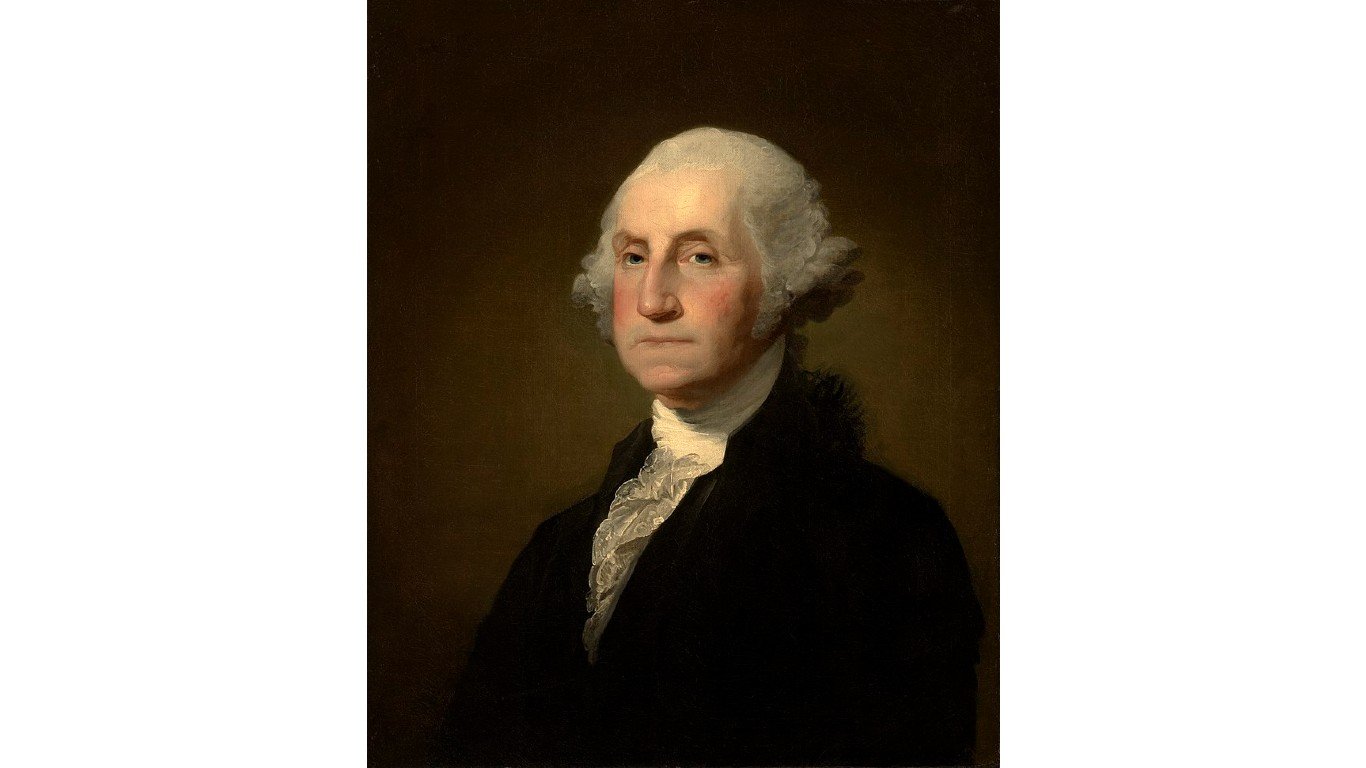
One of the biggest false U.S. history facts is that founding father George Washington had wooden teeth. While he did have notorious dental issues, his false teeth were made of an ivory, lead, and gold mixture. It is thought the wooden claim is due to his worn-down dentures taking on a grainy appearance much like wood.
(For other strange presidential trivia, discover the weirdest facts about every American president.)
Thomas Edison Invented the Lightbulb
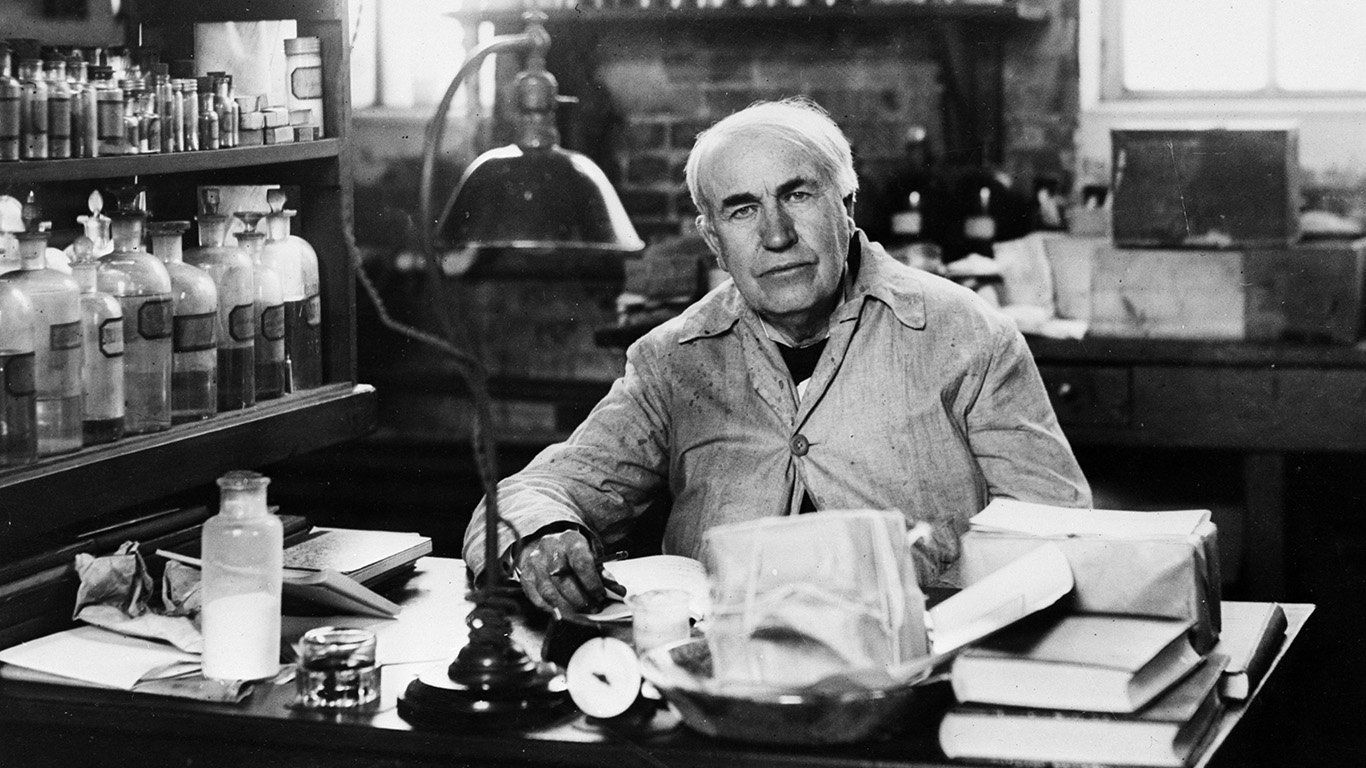
Another one of the false U.S. history facts that’s touted as true is Thomas Edison’s invention of the lightbulb. He didn’t invent it at all as some 20 other people laid claim to the invention before him. There are even rumors he borrowed (or stole) key details from the inventors mentioned above. Thomas Edison was a great salesman, however, so it’s likely the attribution came from his tireless marketing for the light bulb he may (or may not have) invented.
Slavery Happened Only in the South
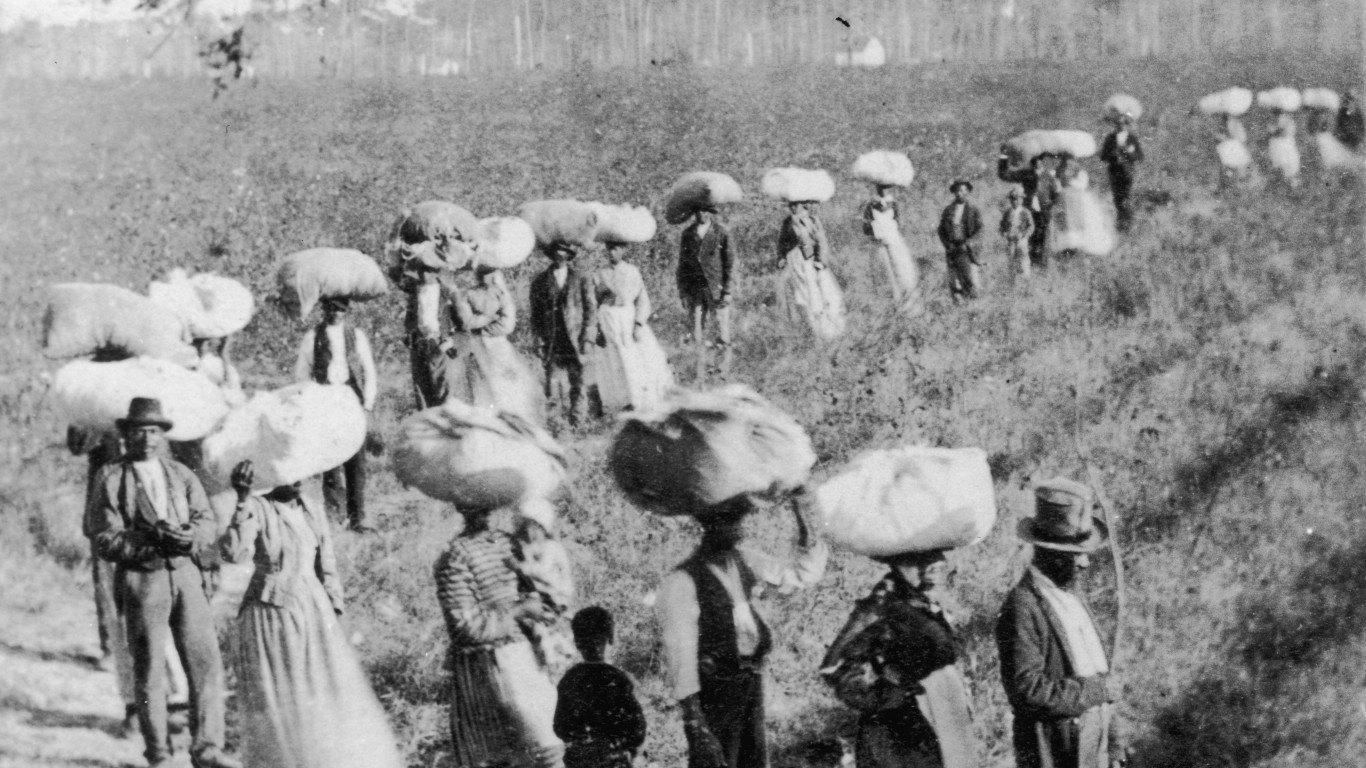
Another untrue U.S. history fact is that slavery was largely confined to the Southern States. While this is true past a certain point in American history, some of the earliest adopters of slavery were in northern states like Massachusetts. What’s more, numerous founding fathers including Thomas Jefferson and George Washington owned slaves.
The Declaration of Independence was signed on July 4th
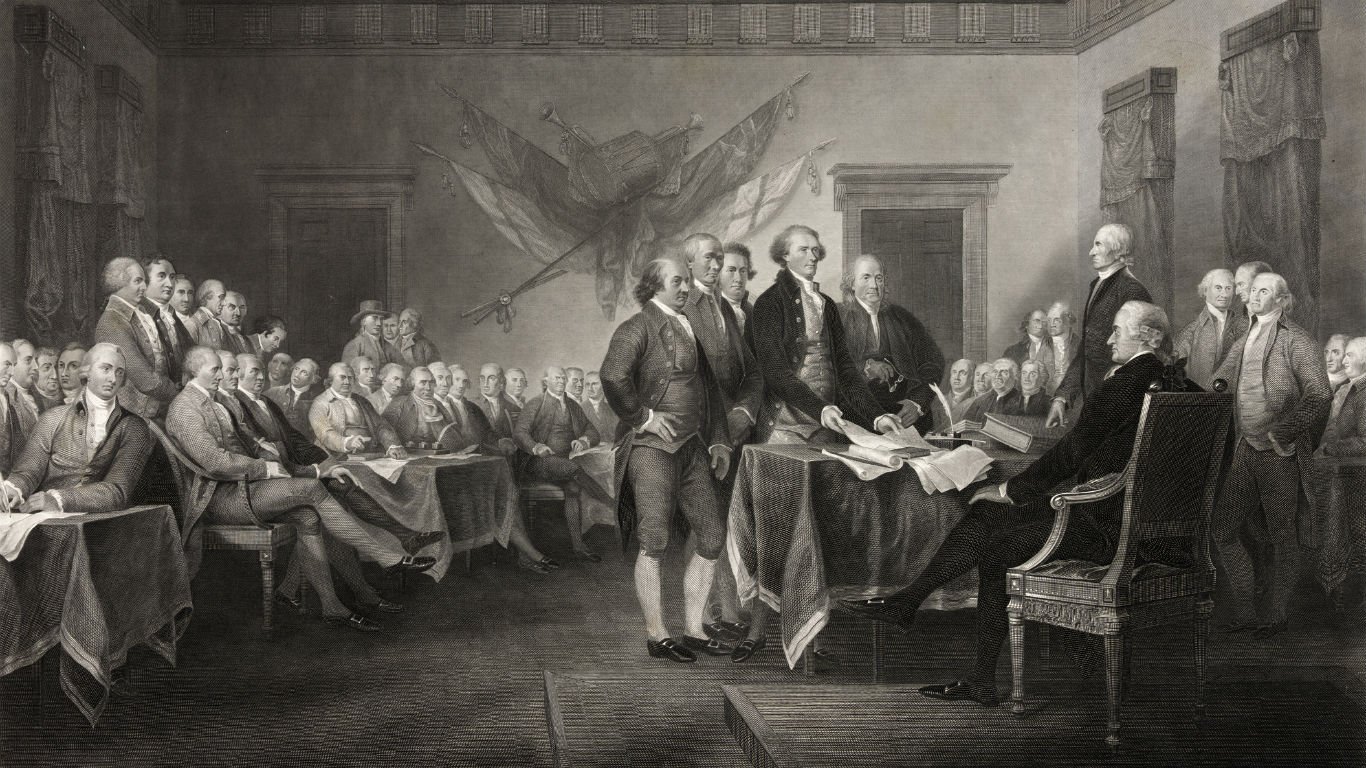
While Independence Day celebrates the signing of the declaration it is another attribution resulting in an untrue U.S. history fact. While July 4th was the day the final edition of the declaration was agreed upon, it would not be officially signed until two months later in August of 1776.
The Declaration of Independence was Signed on Hemp Paper
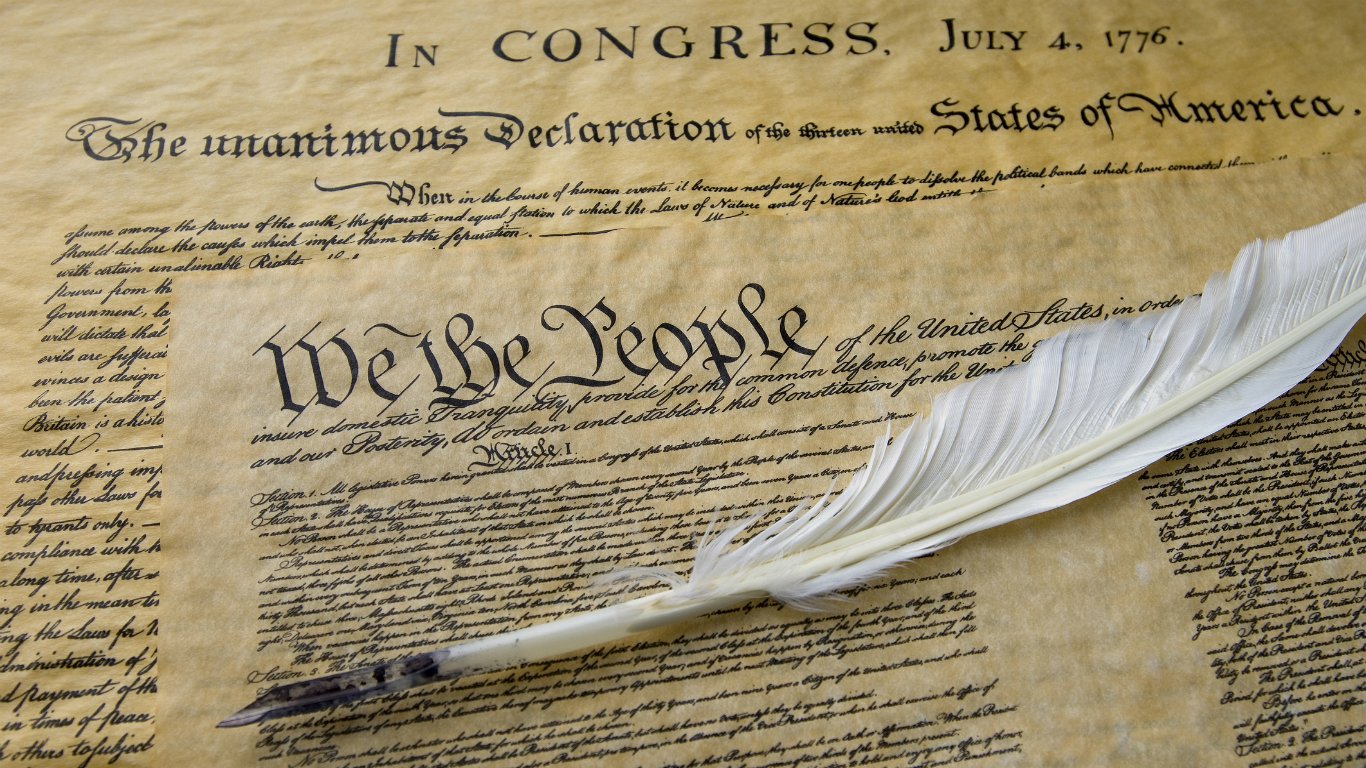
Another untrue U.S. history fact is that the Declaration of Independence was signed on Hemp Paper. This, however, was not the case, as the famous document was made of parchment, a type of animal skin. Where this ‘fact’ comes from is unknown, but it’s possible it came from the classic stoner movie “Dazed and Confused.”
The First Thanksgiving was a Peaceful Collaboration Between Native Americans and Colonists
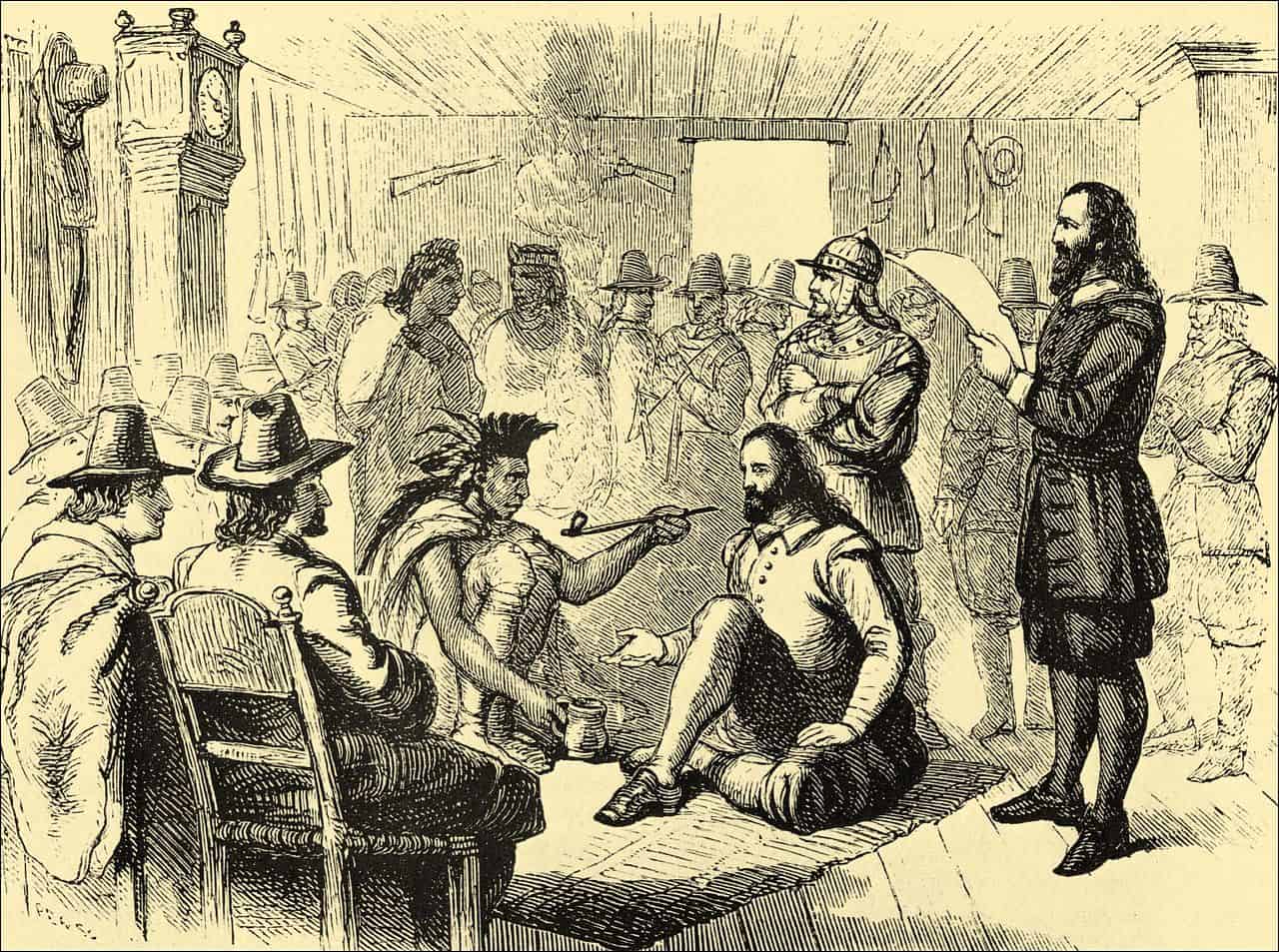
While it makes for a tidy holiday story, another one of the U.S. history facts we now know is not true is that the first Thanksgiving was a peaceful union between Colonists and nearly Native Americans. History regarding the event, however, remains murky. Some say there was a shared three-day feast between the groups, while others say the Native Americans weren’t even invited. Either way, the relationship between the groups was already shaky due to invasion, violence, and the spread of smallpox.
The Emancipation Proclamation Freed the Slaves

One of the biggest untrue U.S. history facts is the notion that the Emancipation Proclamation freed the slaves. While it did technically free slaves living in the Southern States, it was issued amid the Civil War. The Southern states were already in active rebellion, so the idea of them adhering to an enemy proclamation is laughable. Plus, the non-Condeferate slave-owning states like Delaware or Missouri were completely unaffected. The Emancipation Proclamation was more of a symbol than an actionable change.
The Civil War was Fought Over States Rights
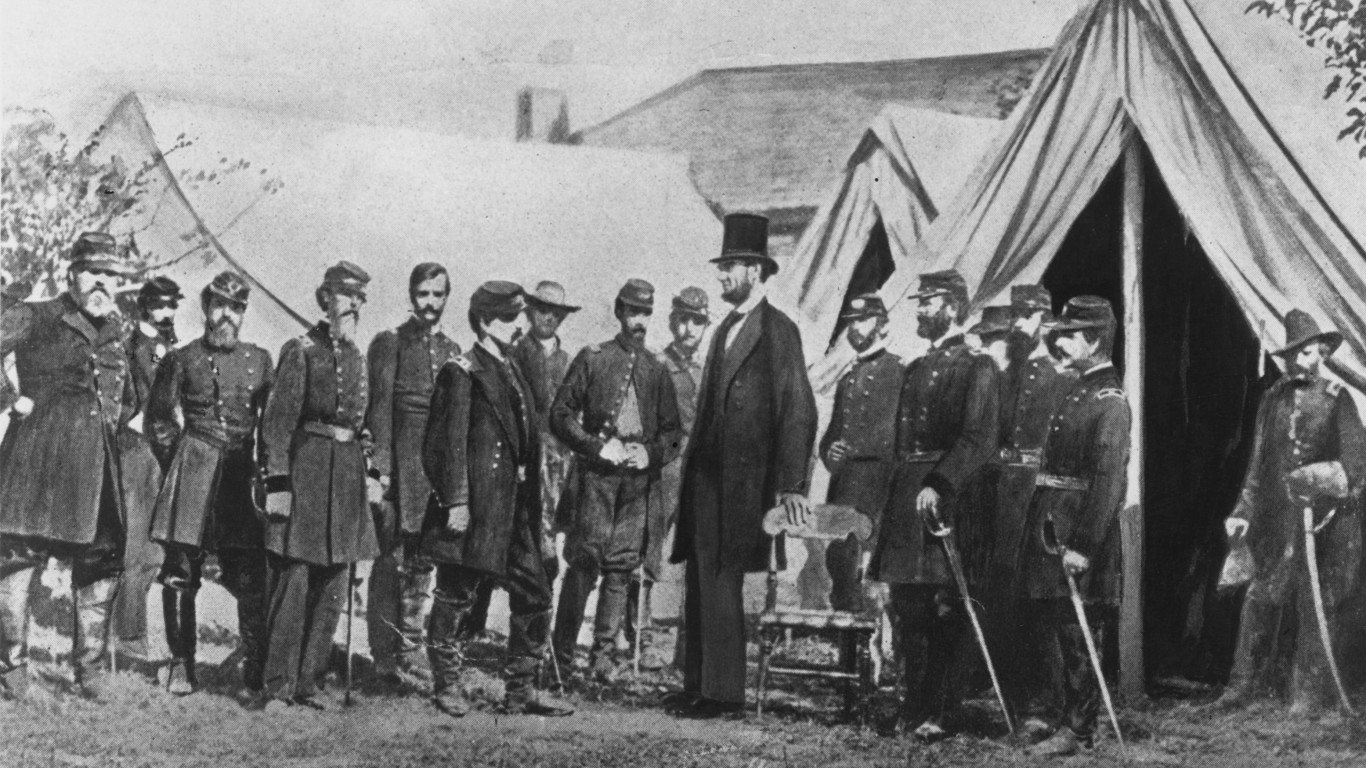
Another one of the biggest untrue U.S. history facts is that the Civil War was fought over states’ rights. While this is commonly espoused, even today, the reality is grimmer. If anything, the Southern states opposed states’ rights due to their disavowal of Northern states banning slavery. As the soon-to-be vice President of the Confederate State of America Alexander Stephens put it, slavery was “the immediate cause of the late rupture and present revolution.”
Only Japanese-Americans Were Interned During World War II
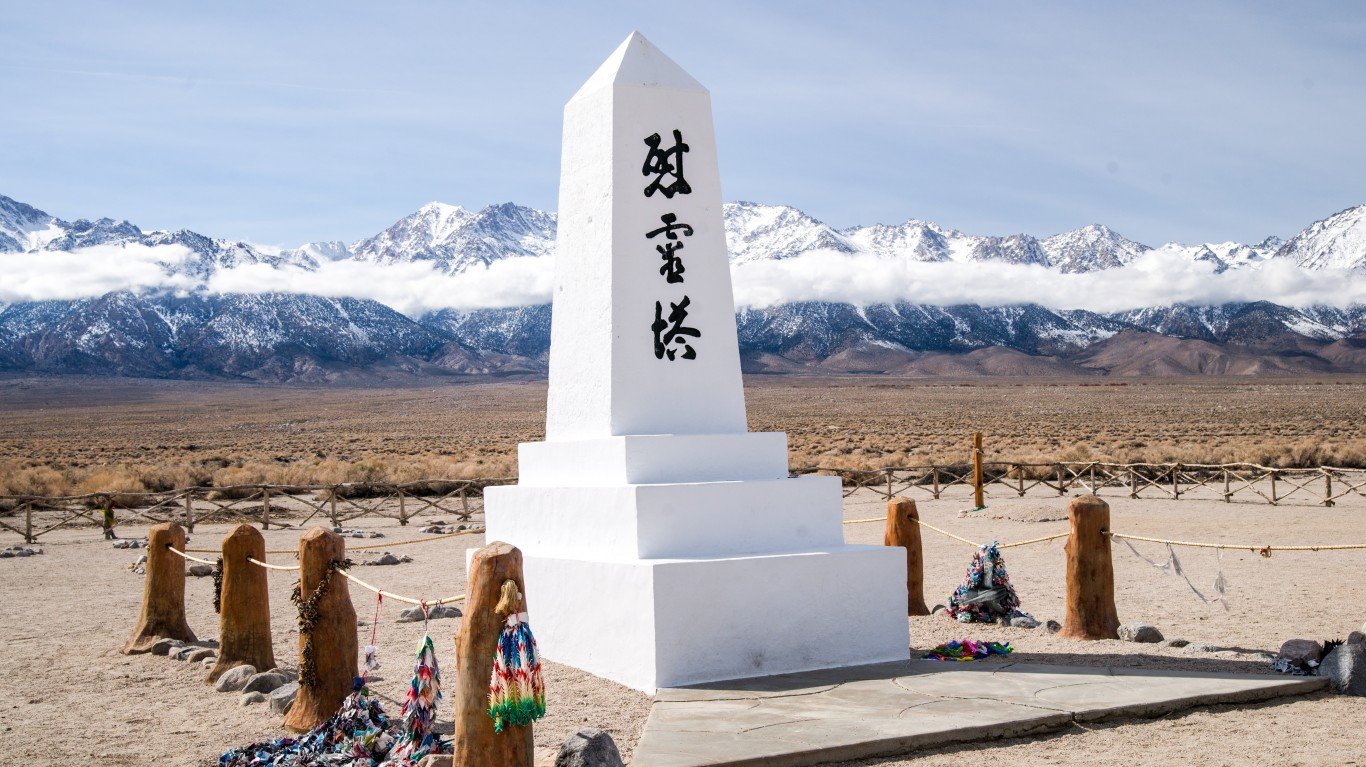
A more recent untrue U.S. history fact is the notion that only Japanese-Americans were forced into Internment Camps during World War II. This, however, underplays the wide swath of people who were forced into the camps due to the government’s fear of espionage. Besides over 100,000 Japanese-Americans, over 11,000 German-Americans, as well as several thousand Japanese-Latin Americans were temporarily imprisoned during the war.
The Pilgrims Were Fleeing Religious Persecution
One of the most touted untrue U.S. history facts is that the pilgrims were fleeing religious persecution when they settled in New England. This, however, is not the case, as they had already found religious freedom in Holland. Instead, they sought out North America to both retain their British identity and to seek better economic prospects than Holland afforded them.
Ronald Reagan Freed the Iran Hostages

One of the more recent untrue U.S. history facts is that Ronald Reagan freed the hostages in Iran. Though the hostages were released upon his inauguration as president, it was the former president Jimmy Carter who negotiated for their release for months before it was finally agreed upon. For whatever reason, Reagan just happened to get the lion’s share of the credit upon assuming the position.
The Liberty Bell Cracked on Independence Day
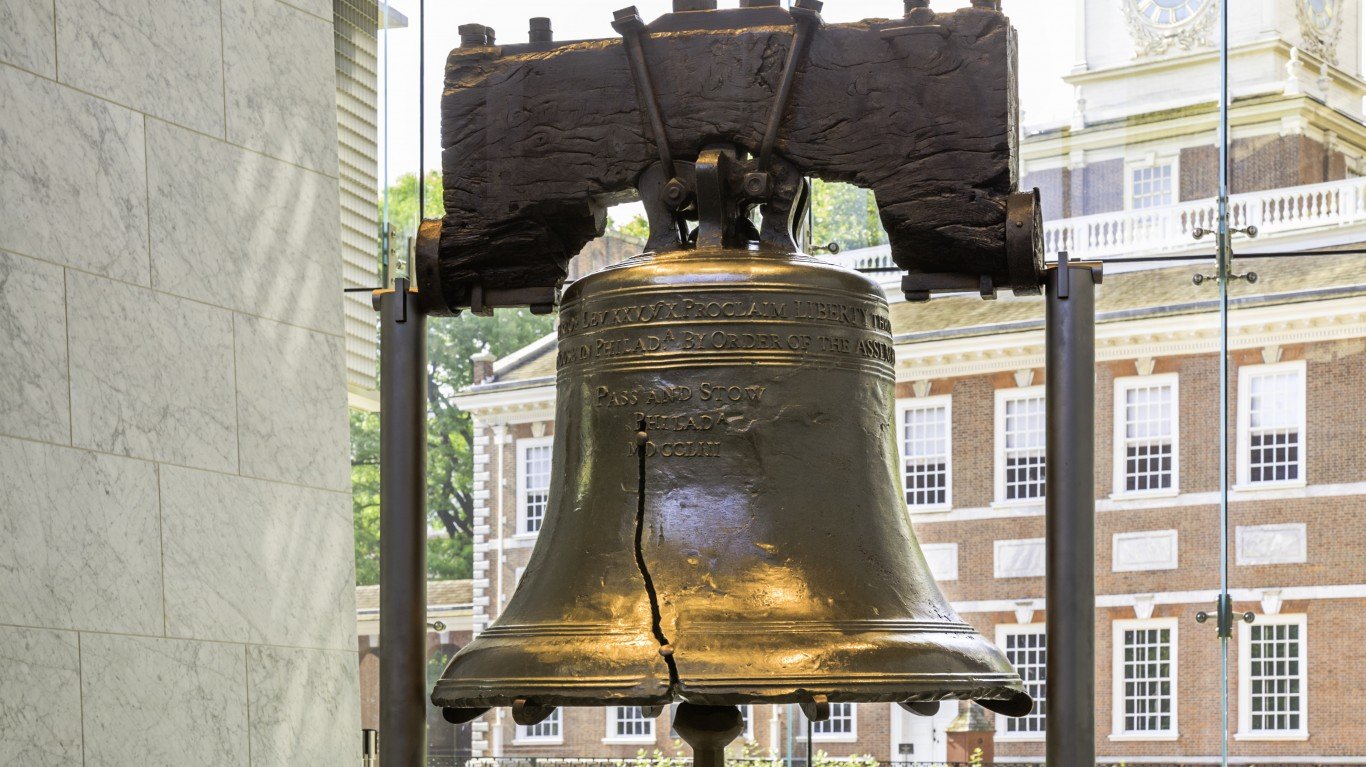
Another untrue U.S. history we now know is untrue, or rather facts, involves the famous Liberty Bell in Philadelphia. For one, it was never called the Liberty Bell, at least until the 1800s. Before then, it was simply the State House bell for Pennsylvania. As for its trademark crack, it started forming a few decades before the American Revolution began in 1752, not on Independence Day.
Betsy Ross Designed the American Flag
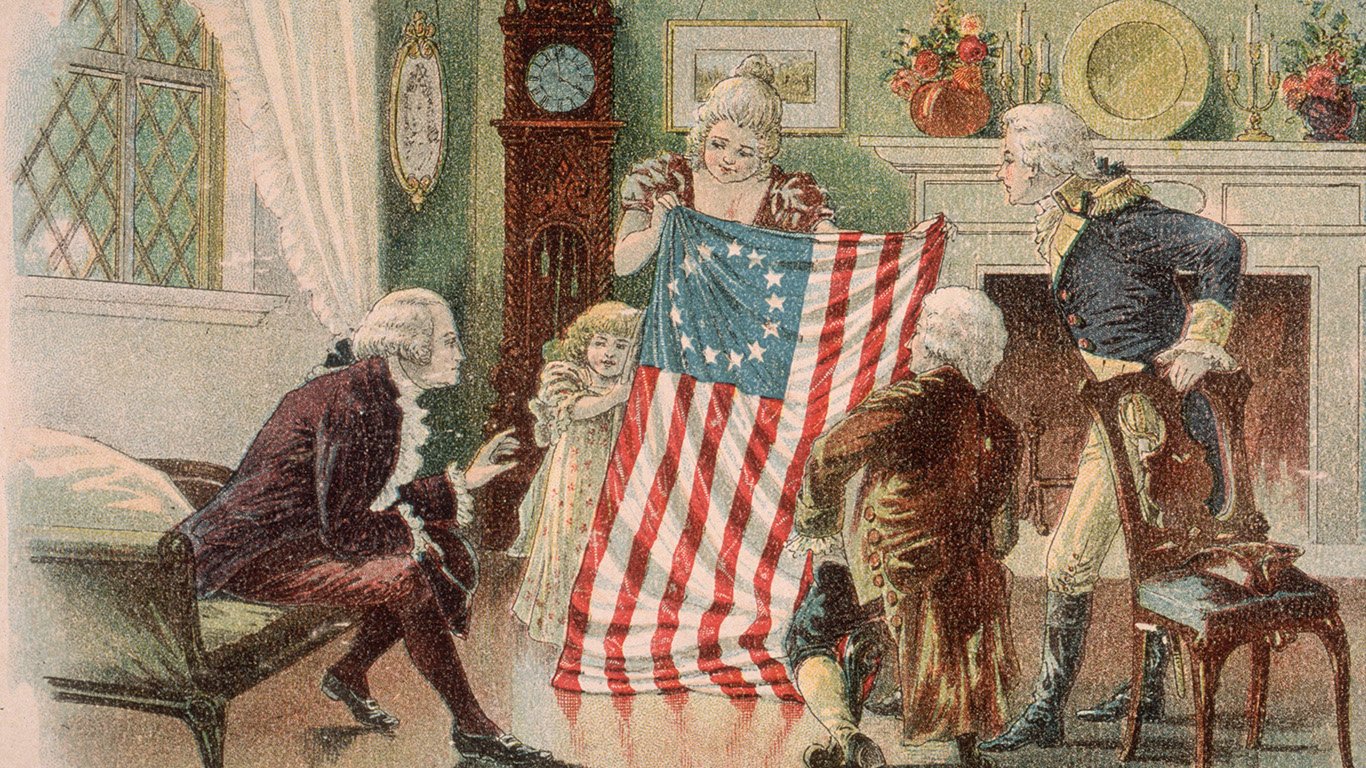
One of the biggest U.S. history facts we now know are not true is that Betsy Ross designed the American Flag. This, however, is probably false. The notion of her providence came nearly a century later when her grandson William Canby spread the story. It is thought that the true creator of the flag was a group of people. If not, the next likely candidate is a signer of the Declaration of Independence, Francis Hopkinson.
The United States Is a True Democracy
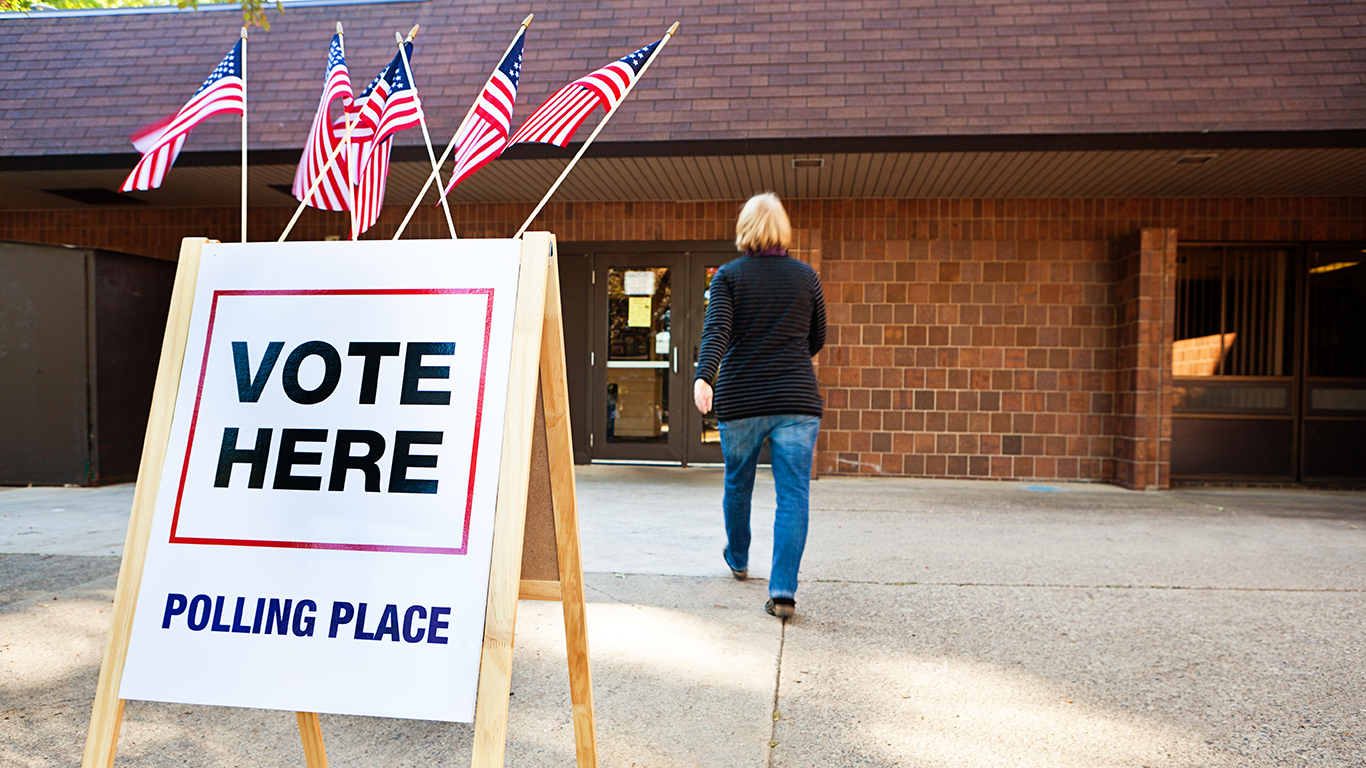
Another one of the biggest U.S. history facts we now know are not true is that the United States is a democracy. This, however, has never been the case. Even the founding fathers thought the best form of governance for the new country was a mixture of democracy, aristocracy, and monarchy. To be accurate, the United States is far closer to a constitutional republic than a true democracy. (For a more paranoid bent, discover the most unbelievable conspiracy theories.)

